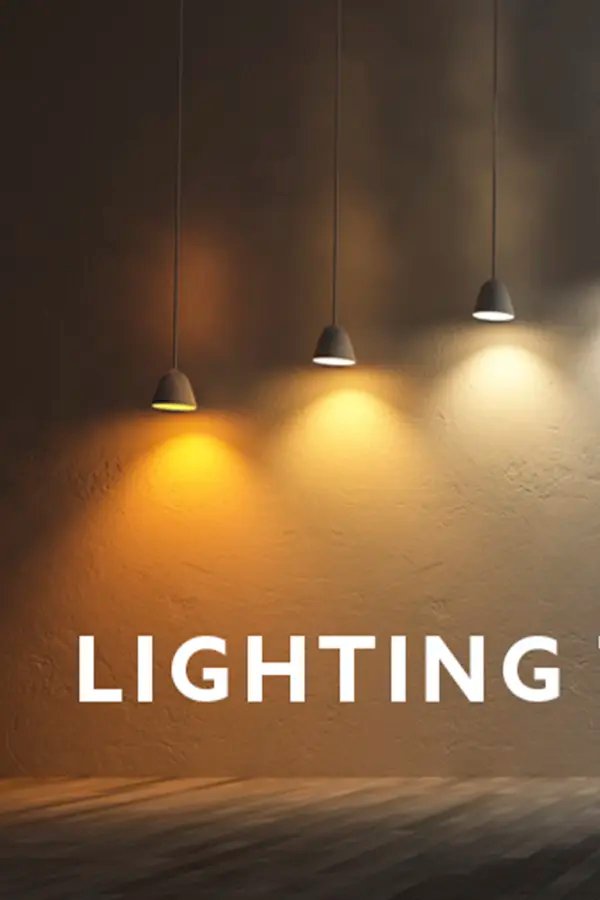Interior Design for Small Spaces: Transforming Limited Areas into Functional and Stylish Environments
Introduction: The Challenge of Designing Small Spaces Designing small spaces presents unique challenges but also opportunities to explore creative solutions. With limited square footage, every design choice must prioritize both functionality and aes...

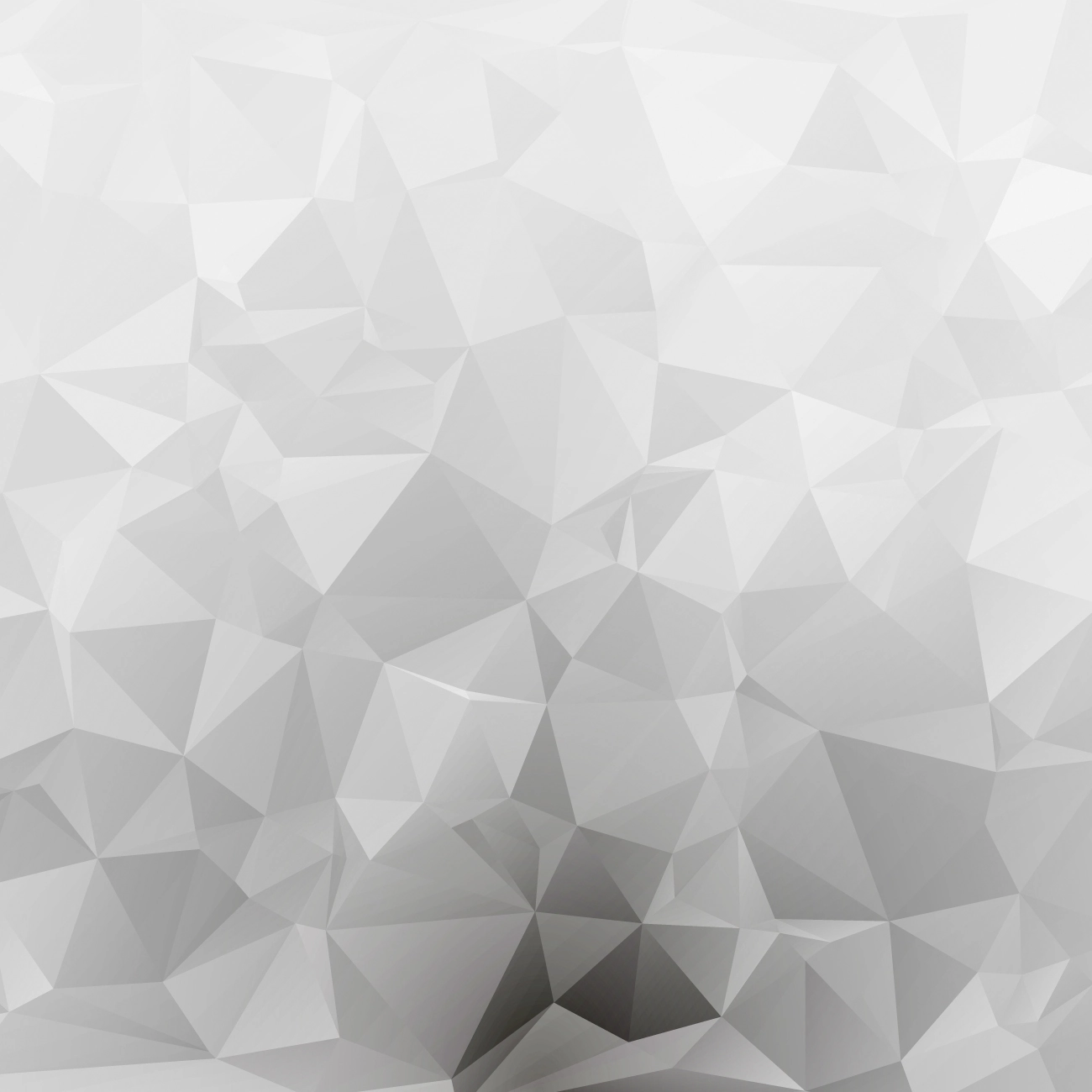





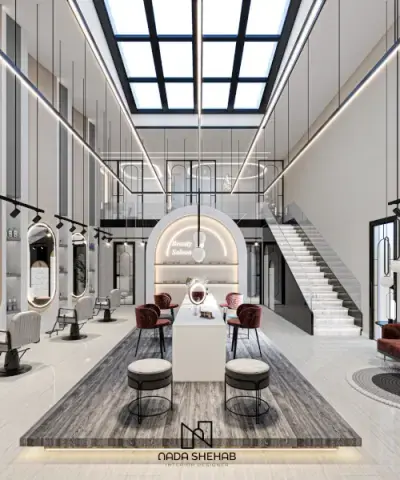
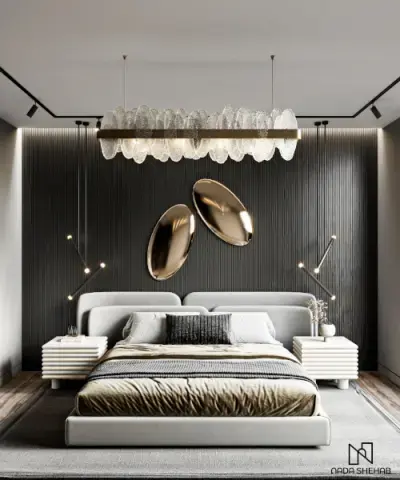
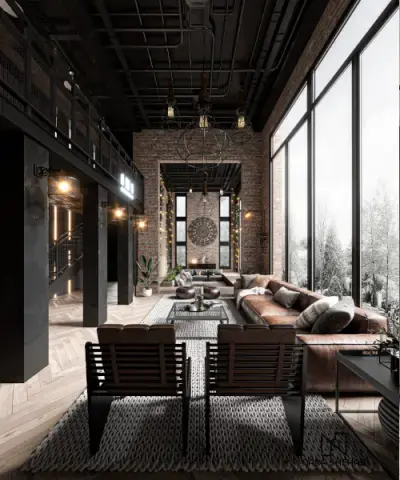

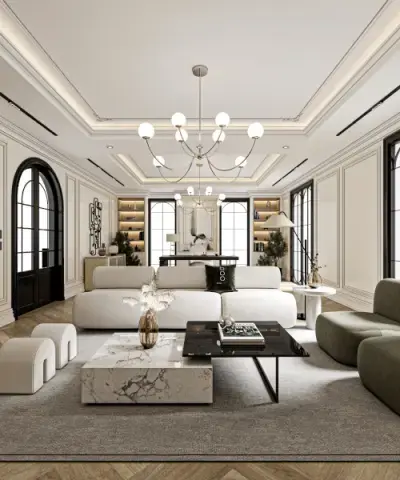






 Photo by
Photo by  Photo by
Photo by 


 Photo by
Photo by  Photo by
Photo by 

